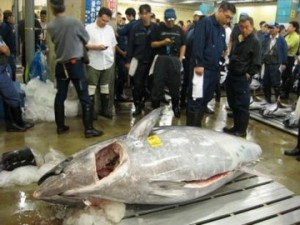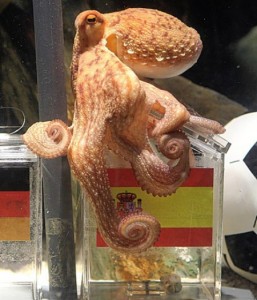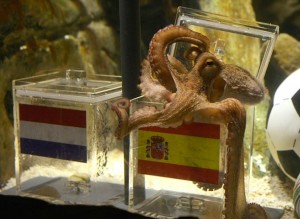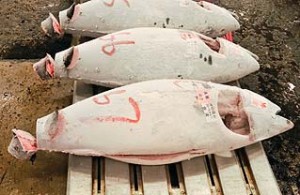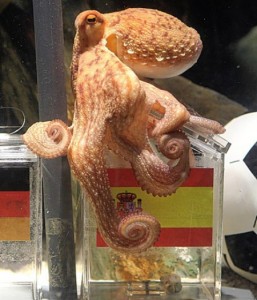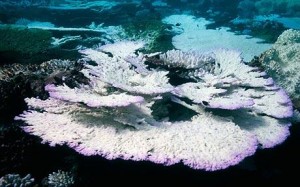
By Richard Gray, Science Correspondent, 18 July 2010
Coral reefs are suffering widespread damage in what is set to be one of the worst years ever for the delicate and beautiful habitats.
The phenomenon, known as coral bleaching because the reefs turn bone white when the colourful algae that give the coral its colour and food is lost, has been reported throughout south east Asia, the Indian Ocean and the Pacific.
Divers and scientists have described huge areas of previously pristine reef being turned into barren white undersea landscapes off the coast of Thailand and Indonesia.
The popular island tourist destination the Maldives have also suffered severe bleaching. Reefs in the Caribbean could also be under threat.
High ocean temperatures this year are being blamed for the bleaching, which experts fear could be worse than a similar event in 1998 which saw an estimated 16 per cent of the world’s reefs being destroyed.
Dr Mark Eakin, coordinator of the National Oceanic and Atmospheric Administration’s Coral Reef Watch, said: “The bleaching is very strong throughout south east Asia and the central Indian Ocean.
“The reports are that it is the worst since 1997/1998. This is a really huge event and we are going to see a lot of corals dying.”
Coral reefs provide refuge and food to nearly a quarter of all marine species, making them among the most biologically diverse habitats on the planet. Bleaching can also rob fish and other species of important shelter and food sources.
Although reefs can often recover from bleaching, it leaves the coral vulnerable to damage from storms, infections and other environmental stress, increasing the risk of deaths.
Coral reef monitoring teams have reported mass bleaching of coral reefs off the coast of Thailand, Malaysia, Vietnam, Cambodia and Indonesia while the Maldives, Sri Lanka and reefs off the coast of east Africa have also been hit.
With ocean temperatures reaching record levels and combined with the end of an El Nino episode, scientists fear there could be even more damage to corals as the year continues.
Scientists in Thailand have reported reefs suffering 90% of their corals being bleached and up to 20% of the corals dead.
Olivia Durkin, who is leading the bleaching monitoring at the Centre for Biodiversity in Peninsular Thailand, said: “This year’s severe coral bleaching has the potential to be the worst on record.
“Extensive bleaching, death and disease are reported not only in corals, but giant clams, sea anemones and soft corals are also losing their symbiotic algae.”
Corals are a delicate combination of animal, algae and rock that form intricate undersea structures, providing shelter for thousands of brightly coloured fish and also acting as nurseries for the young of many larger open sea fish.
Coral colonies are made up of polyps, which secrete a stony skeleton that forms the intricate and delicate looking structures. A microscopic algae known as zooxanthellae live within the coral where they convert energy from the sun into food for the coral animals.
Bleaching usually occurs when ocean temperatures exceed a threshold that is around one degree higher than the average seen during the warmest summer months.
Although scientists do not fully understand why it happens, bleaching is thought to occur when these prolonged periods of these high temperatures combine with excessive sunlight levels.
This causes the symbiotic algae in the coral to become over active, causing it to poison the coral host and leading to the coral expelling the algae into the surrounding water to defend itself.
Without the algae to provide food and nutrition, the corals grow weak and leaves them vulnerable to disease and damage from storms.
In many cases the coral dies, leaving an undersea wasteland that quickly becomes infested with weedlike algae which covers every surface.
It can take corals between 10 and 70 years to recover from such bleaching events. Climate scientists have also warned that bleaching will become more common as global temperatures continue to rise.
Research published on Friday in the journal Science showed that coral growth in the Red Sea has declined by a third over the past 12 years due to rising temperatures and warned that coral there would cease growing entirely by 2070 if warming continues.
Volunteers in Cambodia say this year they have seen bleaching of 90% to 100% of the shallow water reefs around the country’s coast Koh Rong and Koh rong Semleon Islands after water temperatures rose by 3 degrees.
Half of the reefs off Weh, in Indonesia have seen 80% of their corals bleached.
Stuart Campbell, director of marines programs at the Wildlife Conservation Society in Indonesia, said: “This is an unfortunate situation, as coral reefs of northern Aceh have shown remarkable resilience in the aftermath of the tsunami which hit the area in December 2004.
“In May 4% of colonies were recorded dead. The level of coral mortality that will occur in all is still unknown.”
Many of the reefs in the Pacific that have been hit had survived previous bleaching events with little impact.
The reefs at Lord Howe Island about 370 miles off the east coast of Australia. which are a World Heritage Site for their unique beauty and biodiversity, have also been hit by its largest ever recorded bleaching event.
Reefs in the Maldives have been slowly recovering since high ocean temperatures in 1998 caused widespread bleaching of corals around the world. Biologists fear this new bleaching will damage the already vulnerable reef further.
Mayotte, which is off the coast of northern Madagascar, has suffered high levels of mortality in the wake of the bleaching.
There are also concerns that the bleaching could spread to popular tourist reefs in the Caribbean after temperatures there have been high since the start of the year.
Dr Eakin added: “This year may be a tough year in the Caribbean. It all depends on what the tropical storms do.
“When I visited Thailand a couple of weeks ago, it was an eerie experience to look around to see white in places that should have been full of bright colours and life. It was almost worse than looking at a dead reef, because what we were looking at was a reef that was right on the verge of dying.”
“It doesn’t just effect the corals themselves but the fish that live there. There were anemone fish sitting in the middle of bleached anemone behaving strangely and not defending their territory. It was like they were a little stunned.
“For species that feed on coral, this is even worse for them.”
There are also concerns for the health of native UK corals growing off the coast after species such as the pink sea fan have been devastated by disease.
Share on digg

